Dresden is a former capital of the kingdom of Saxony, one of the four kingdoms alongside Prussia, Bavaria, and Württemberg, forming a unified German empire in 1871. Saxony kingdom was ruled by the Wettins dynasty from 13th until the end of the First World War. Even though it was badly damaged at the end of Second World War, city conveys a charm of a former capital of the Saxony kingdom. Check out my plan of a what to see in Dresden in a day meant especially for culture lovers including such Dresden must-sees as Zwinger, Semper Opera, and a procession of Princes tile mural among the other sights. Choose any day of the week except Monday for your visit because Zwinger Old masters gallery is closed on Mondays and I am sure you don’t want to miss out on it. Start your morning by visiting Zwinger.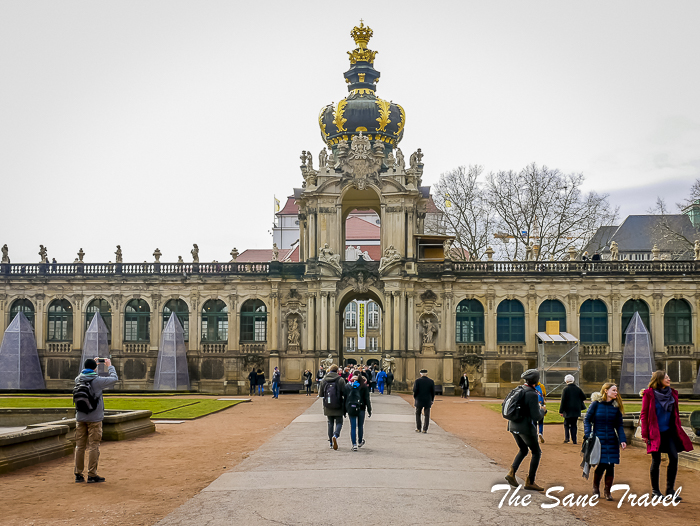
10.00 Visit Zwinger Old masters gallery
The Semperbau wing of Zwinger, also referred to as the Picture Gallery, is home to the Old Masters Gallery (Gemäldegalerie Alter Meister), a museum with top-class works from famous artists. Here you begin to understand what the terms 'master' and 'masterly' truly mean. They are synonymous with outstanding works from the Italian Renaissance and Baroque – most notably Raphael's 'Sistine Madonna'– as well as the legacy of geniuses such as Titian, Canaletto, Botticelli, Veronese and Tintoretto. The quality of the collection and the magnificent Semper building are what makes the Old Masters Gallery so special.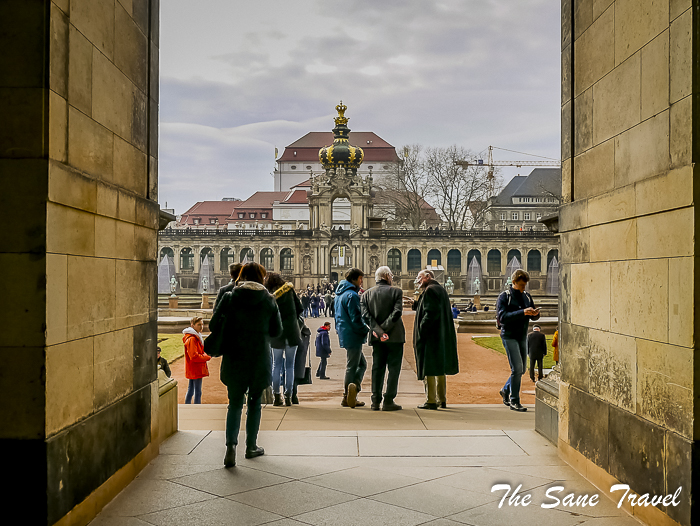
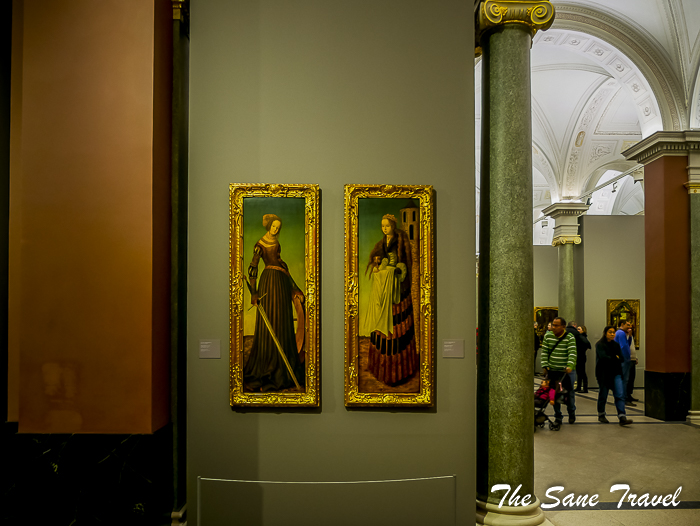

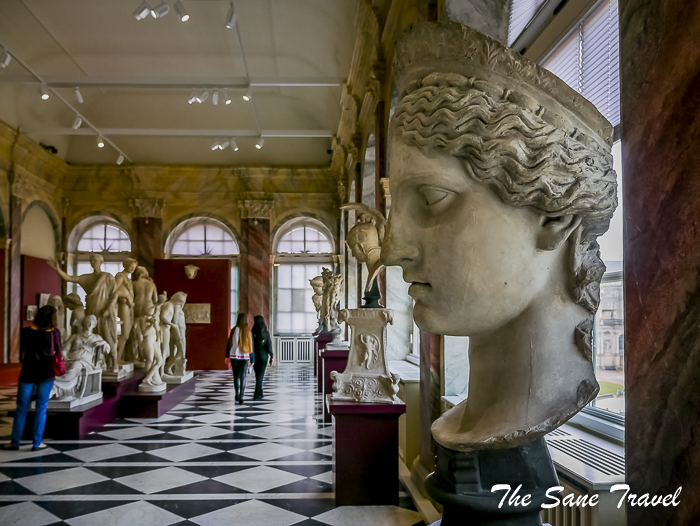
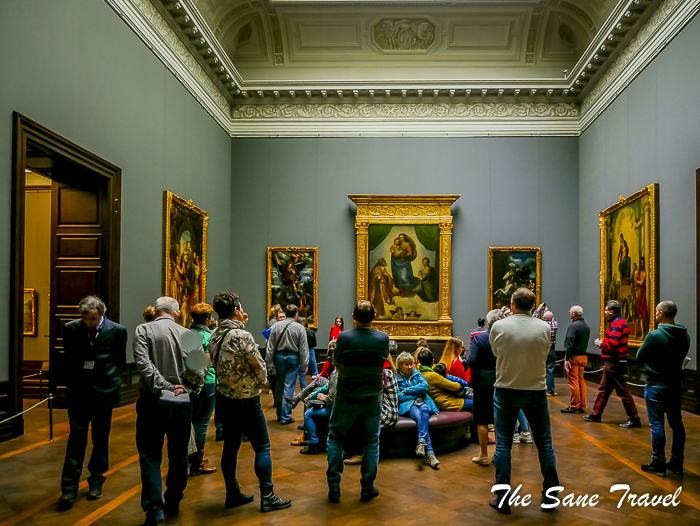
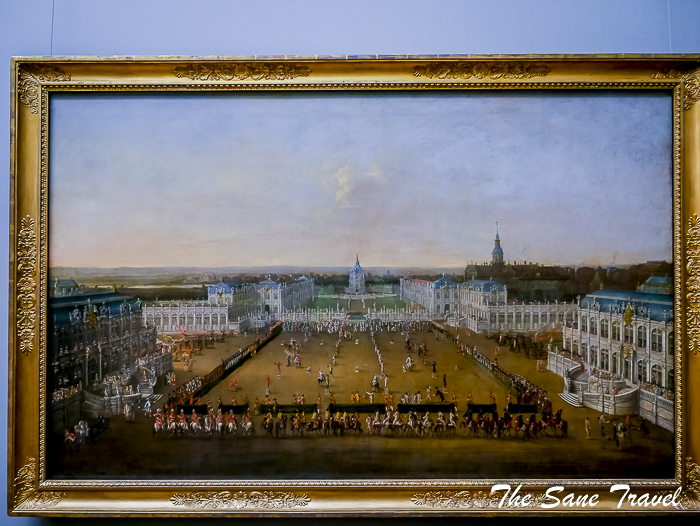
11.30 Stroll around Zwinger courtyard
The name 'zwinger' means 'interspace' and originates from its location between former city's fortifications. This perfect example of Late Baroque architecture in Germany was built in the early 18th century and originally designed as an orangery and a setting for court festivities. The Zwinger includes six pavilions connected by large galleries. Probably the best-known feature of the Zwinger is the Kronentor or Crown Gate, an impressive Baroque gate on the southeast side of the Zwinger. The gate is topped by a large crown decorated with gilded motifs. Besides the Old Masters Picture Gallery, the Porcelain Collection and the Museum of Mathematics and Physics are located in the Zwinger.
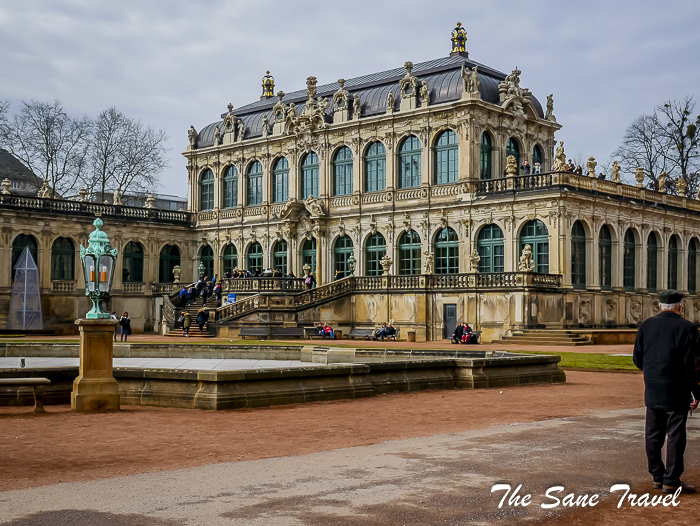
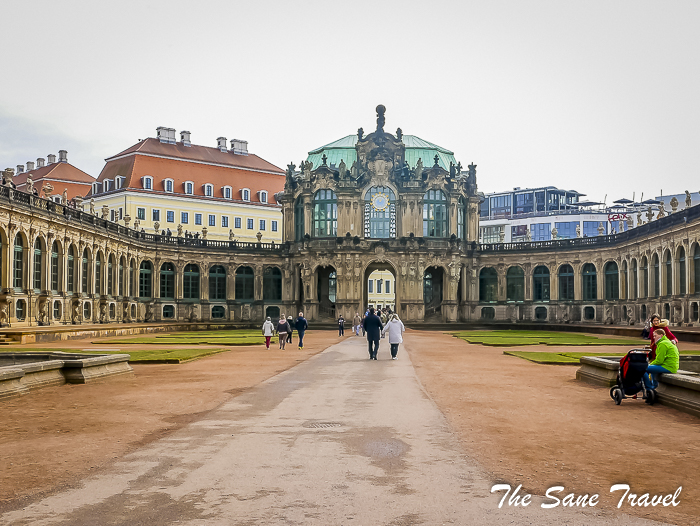
12.00 Follow the procession of Princes in Augustusstrasse
The procession of princes (German: Fürstenzug) is a mural that runs for 102 metres along the Augustusstrasse, located between the Hofkirche and Frauenkirche. The Fürstenzug depicts a cavalcade of almost a thousand years of history of the Princely house of Wettin, Saxony’s ruling family. The artwork by Wilhelm Walther was completed for the 800th anniversary of the princely House of Wettin in late 19th century. Because of weather conditions, the work quickly began to fade, and therefore was transferred to Meissen porcelain tiles in the early 20th century to preserve it. More than 24,000 tiles were used to represent the 35 margraves, princes and kings as well as many scientists, artisans, craftsmen, and farmers. It is the biggest porcelain image in the world. 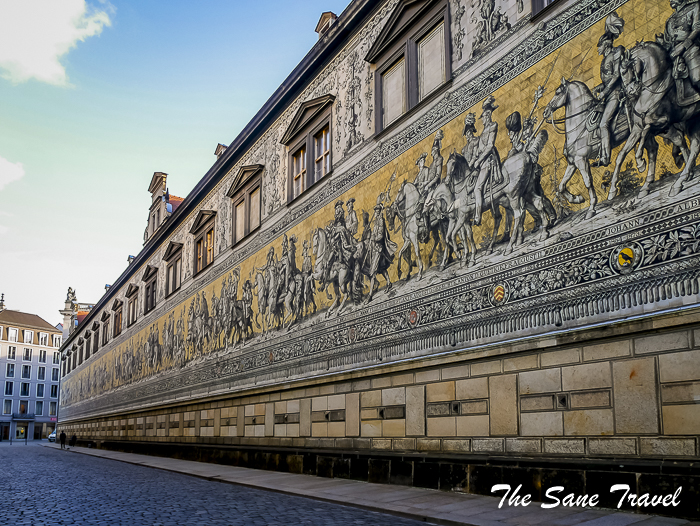
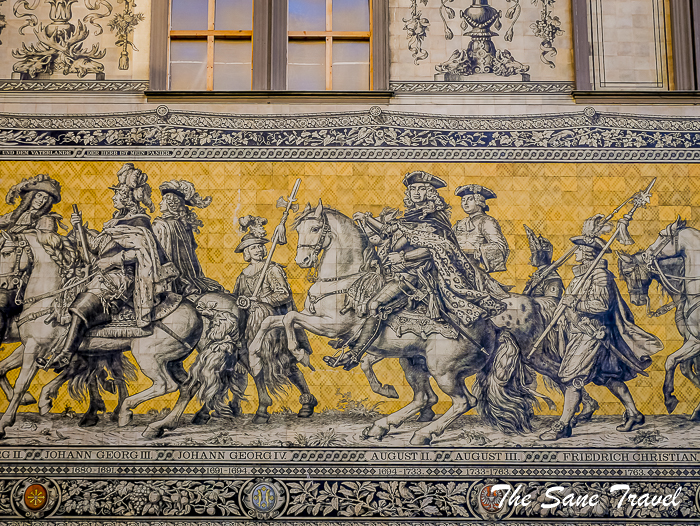
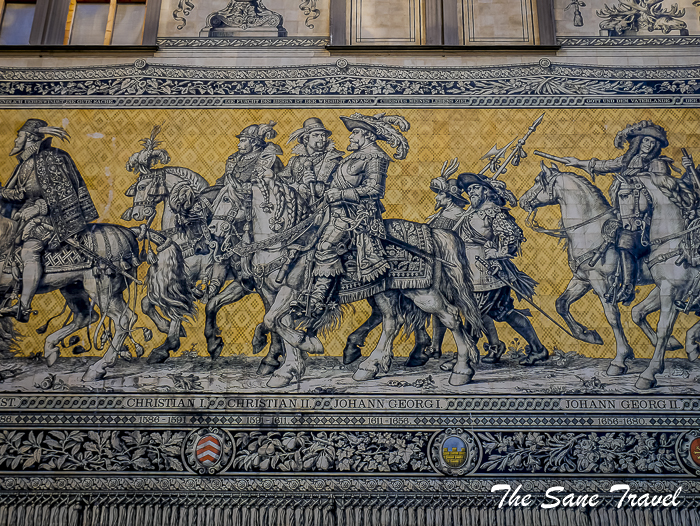
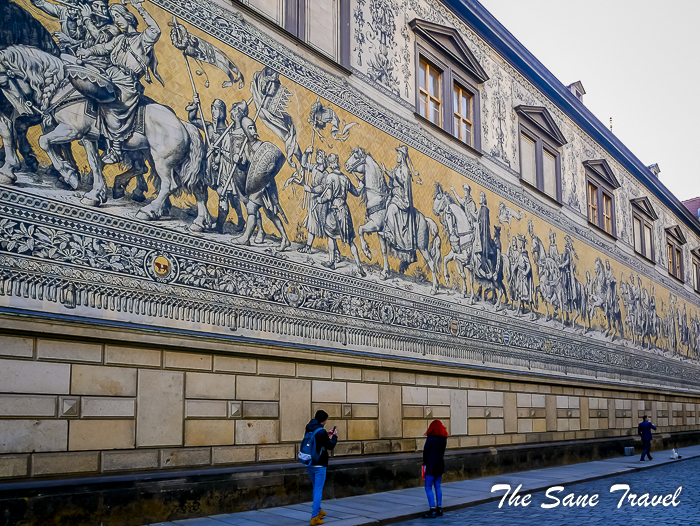
12.30 Admire church of Our Lady
The Frauenkirche Dresden can look back on a 1000-year history. The Frauenkirche is regarded as the symbol of Protestant church construction. In the 18th century, the famous dome structure was built and dominated Dresden’s cityscape for 200 years. The evangelical concept of faith and church service has been translated here into architectural form. The brave idea of a centralised church room integrated into an octagonal outline underneath a tremendous stone dome goes back to George Bähr who translated Luther's convictions into stone. Guests of Dresden can often be found gazing at the combination of light and dark stones in the facade of the Frauenkirche. It’s a reminder that this massive baroque-style church arose out of a huge heap of rubble between 1994 and 2005. The reconstruction of the church was funded by donations from all over Germany and even foreign countries. As much of the old material as possible was used in this work. 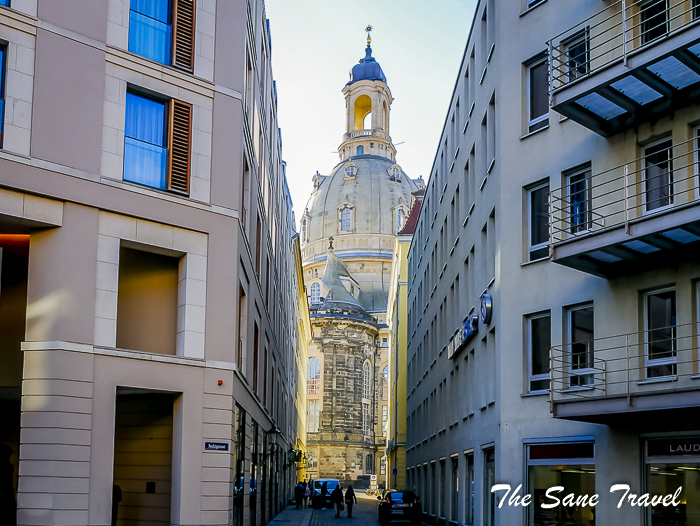
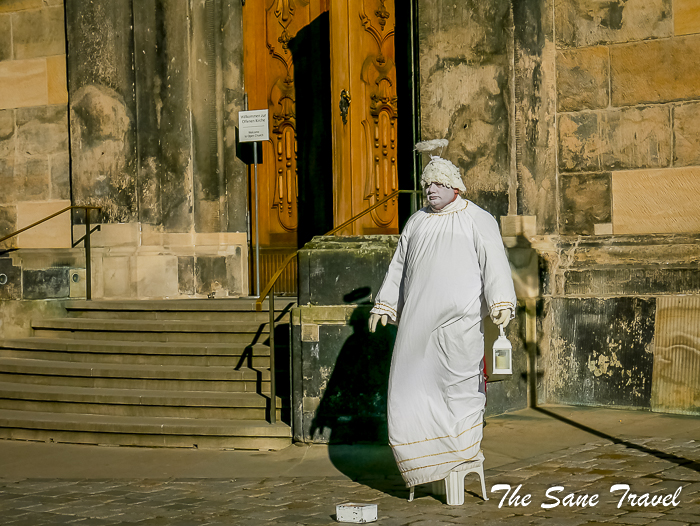
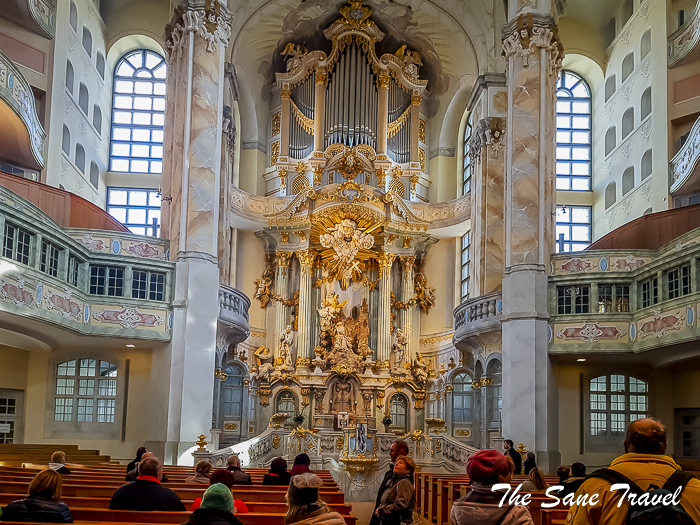
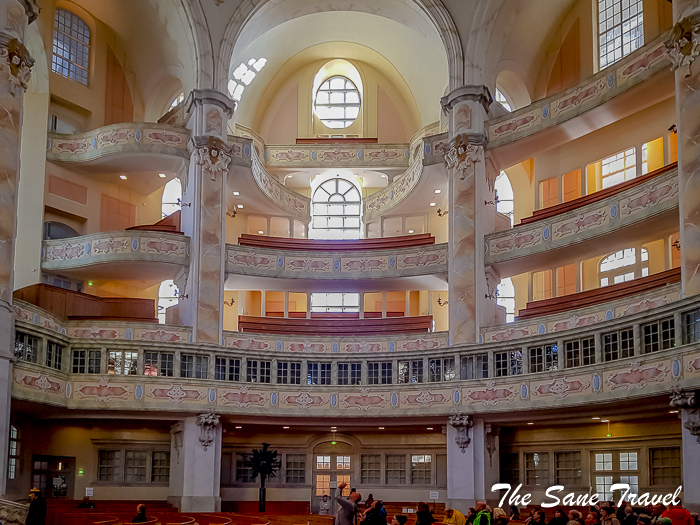
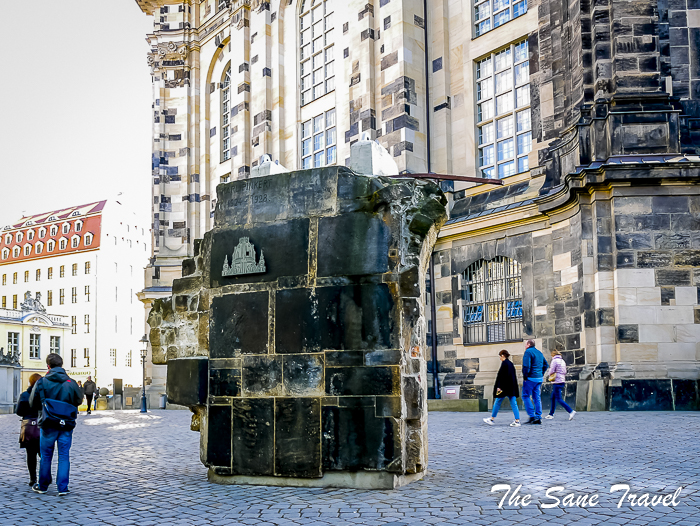
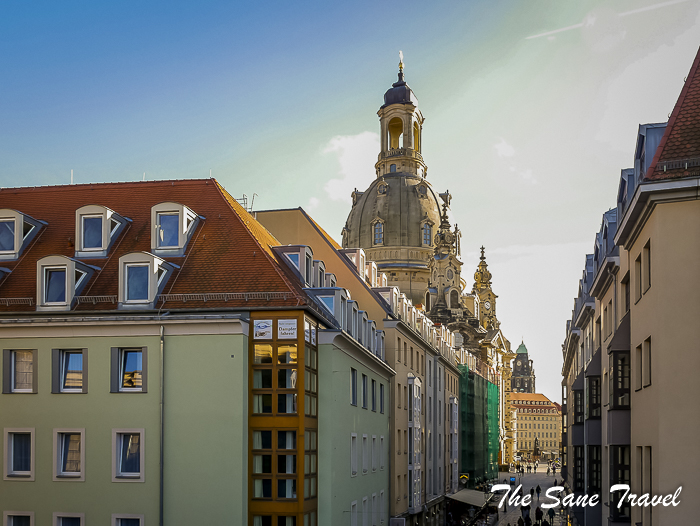
13.30 Stroll Europe Balcony
Brühl’s Terrace, nicknamed “The Balcony of Europe”, is a horticultural and architectural treasure of a special kind. The terrace owes its name to Count Heinrich von Brühl who lived in Dresden in the 18th century. The terrace extends for about 500 meters and is one of the primary trails to take a stroll on the river Elbe bank. Among other things, Brühl’s Terrace is framed by the Academy of Fine Arts (Kunstakademie), the Sächsisches Ständehaus (today housing Saxony’s Supreme Court), the Sekundogenitur, and the Albertinum.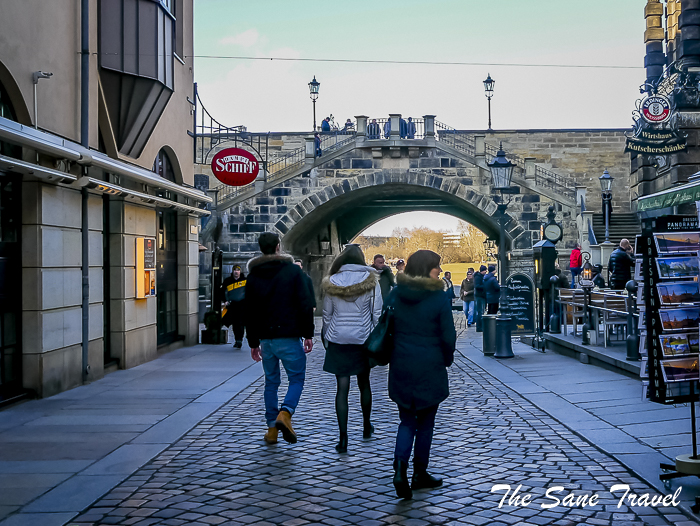
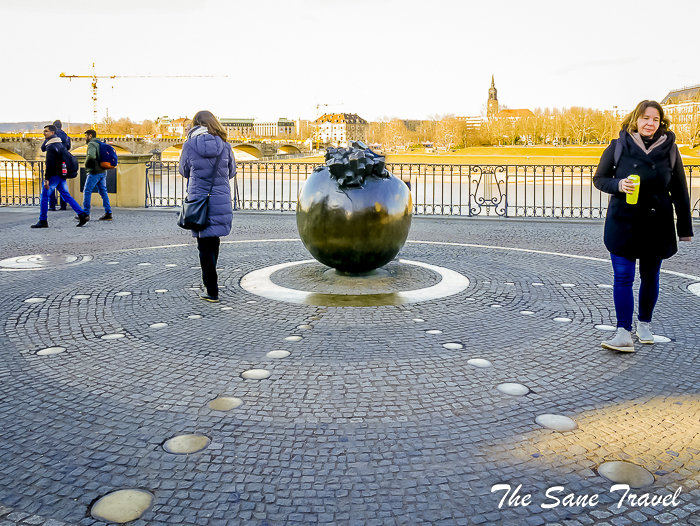
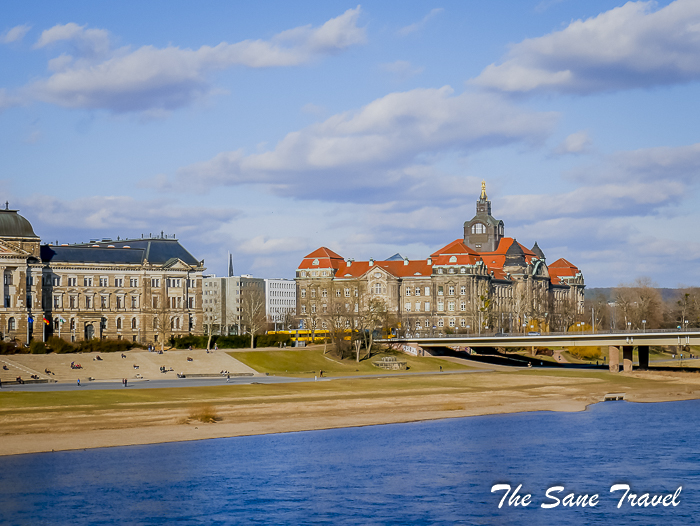

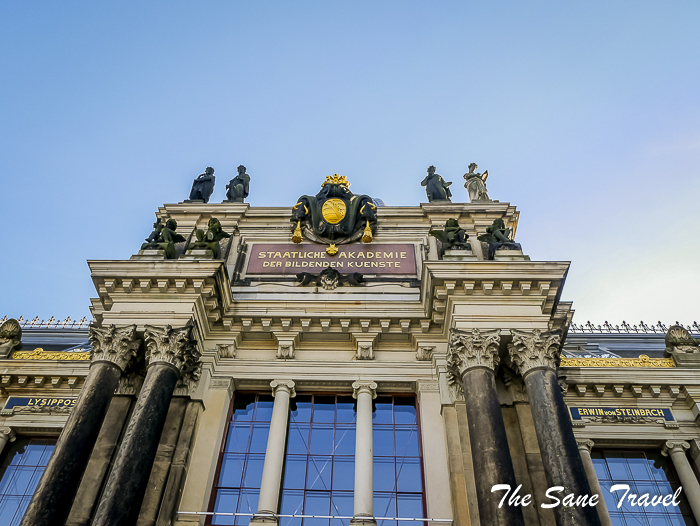
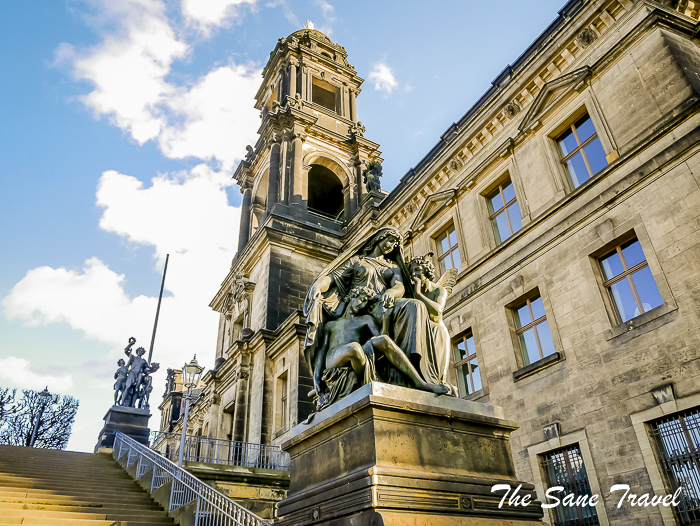
14.00 Have a lunch
Have your lunch at Cafe Apotheke on Taschenberg 3 near the Semperoper before your guided tour. The interior of Apotheke has its roots in a lavishly renovated pharmacy of the Wilhelminian style. Just join "Coffee-Ursel" who already has her first cup of coffee.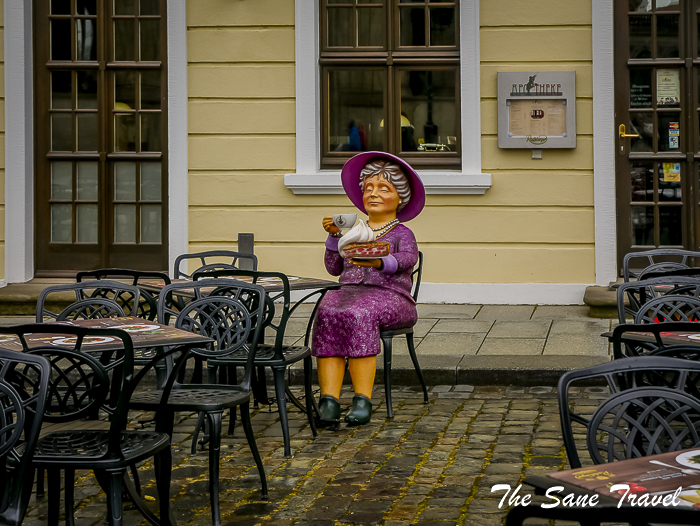
15.00 Take a Semperoper tour in English
The tour of Semper Opera in English takes place just once a day at 3 p.m. so arrange your schedule accordingly and better buy your ticket in advance on the Internet to make sure you see the incredible interiors of the building. The magnificent Semperoper dominates the Theaterplatz, forming the centrepiece of the historic old city. It was constructed to a design by Gottfried Semper in the middle of the 19th century, combining a late Classical style with Renaissance elements. In 1945, at the end of World War II, the Semperoper was razed to the ground. The reopening of one of Europe’s most beautiful opera houses after reconstruction in 1985 was celebrated with a performance of Carl Maria Weber’s The Free Shooter (Freischütz).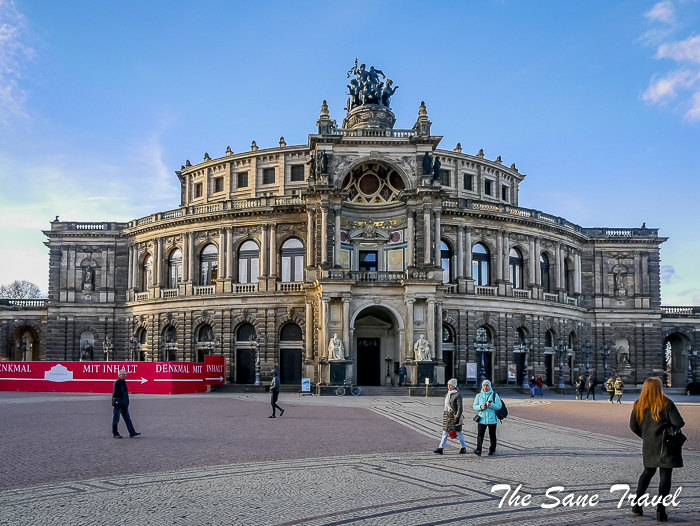
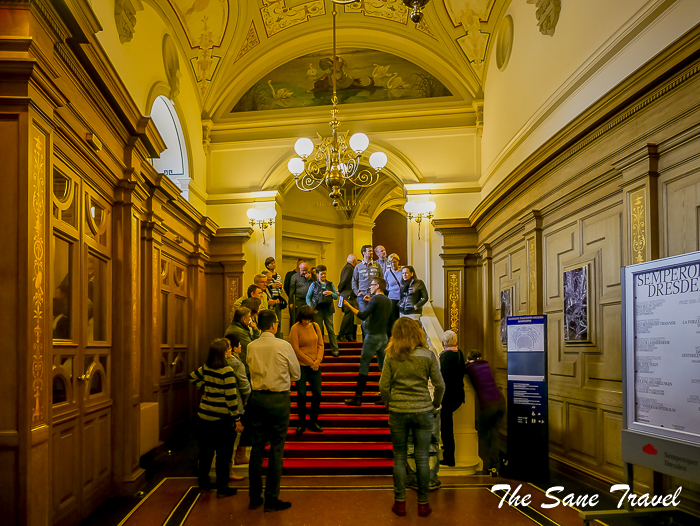
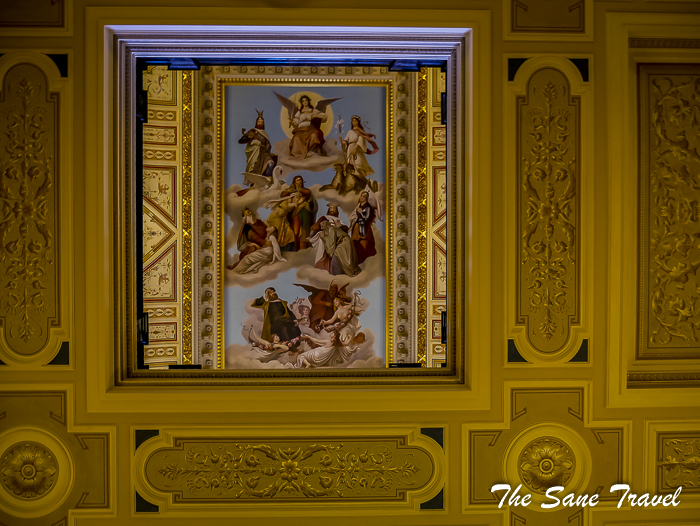
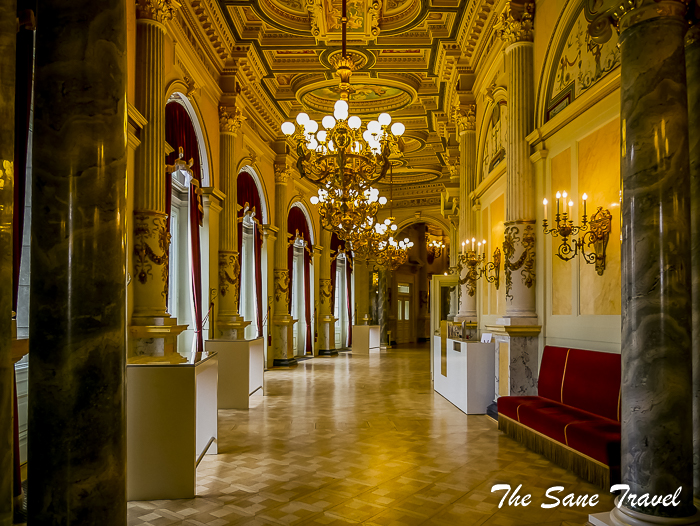
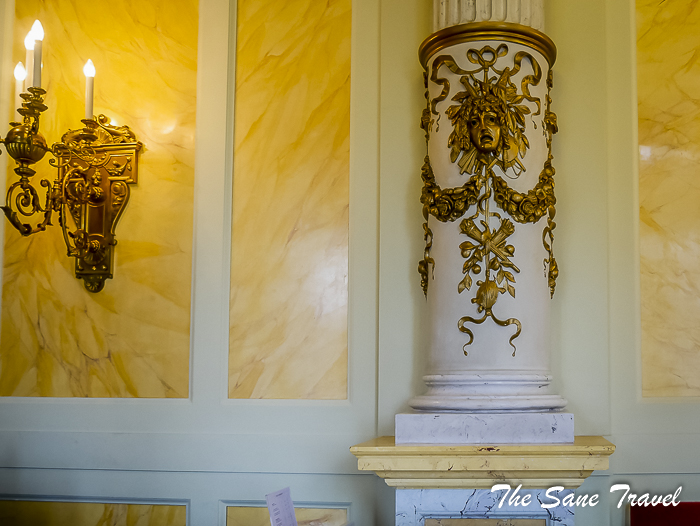
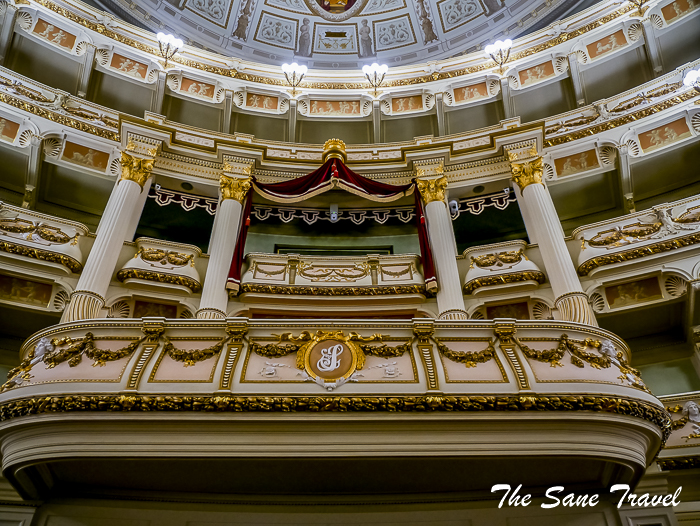
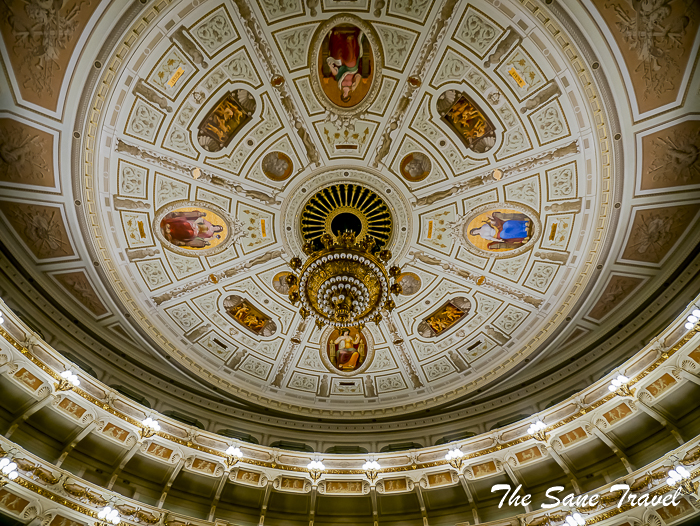
 Nowadays Semperoper is internationally renowned for its brilliant acoustics and incomparable performances. The Semper Opera Ball has become one of the most important ball events in Europe. Since 2006, the ball has been enthralling 2,500 guests along with millions on TV screens across the world. A thrilling programme, the spectacular debutantes' waltz, dance, music and high spirits make it a breathtaking event.
Nowadays Semperoper is internationally renowned for its brilliant acoustics and incomparable performances. The Semper Opera Ball has become one of the most important ball events in Europe. Since 2006, the ball has been enthralling 2,500 guests along with millions on TV screens across the world. A thrilling programme, the spectacular debutantes' waltz, dance, music and high spirits make it a breathtaking event.
16.30 stroll Marien’s bridge for city skyline views
Walk to Marien’s bridge (Marienbrucke) to marvel at Dresden's baroque skyline. Watch the four most impressive city towers from left to right: Church of our Lady (Frauenkirche), Saxon House of Estates (Staendehaus), Dresden Cathedral (Katholische Hofkirche), Royal Palace (Residenzschloss).
The Saxon House of Estates (Sächsisches Ständehaus) originally housed the Landtag of the Free State of Saxony. Today Saxony’s Supreme Court resides in the Ständehaus. Dresden cathedral was built in the first part of the 18th century. Whilst the general population was Protestant, its rulers were Catholic, therefore the Catholic Elector built the cathedral for his own use connecting it to his home, Royal Palace, with an ornate high level walkway. The Royal Palace (Residenzschloss) was home to the Saxon royal family for centuries. Towers, sloping roofs, courtyards and various museums make the Residenzschloss an attractive visit, with the treasures of the Green Vault a particular delight.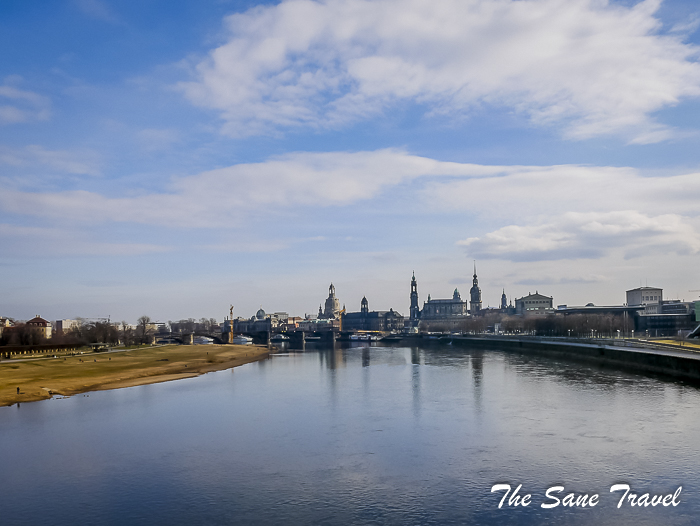
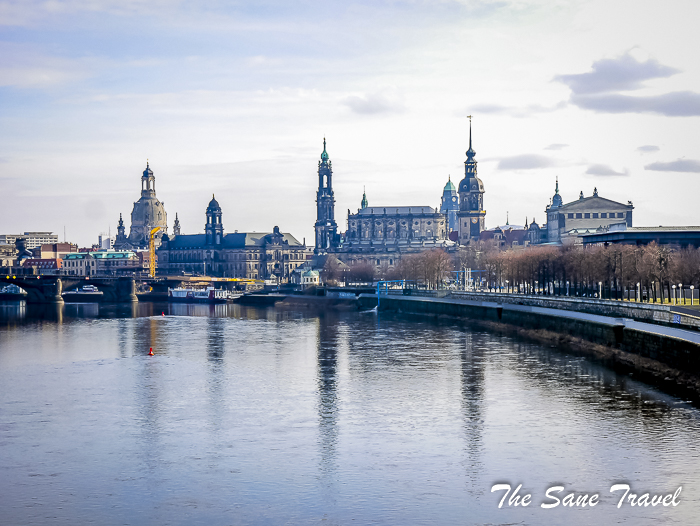

17.00 Take a tram to the Milk shop
After crossing a bridge, take a tram number 11 to the Milk shop, Phund’s Dairy. Milk shop? What? Bear with me; it’s a very special milk shop. The Guinness Book of Records in 1998 listed Pfund’s Dairy as the most beautiful milk shop in the world. In the late 19th century, farmer Paul Pfund travelled to Dresden with his wife and six cows in order to supply the city with healthy milk. He founded Gebrüder Pfund dairy that has developed over the years into a successful company exporting its products worldwide. The inside of the shop is ornately decorated with hand painted Villeroy & Boch tile mosaics that cover all the walls and the ceiling. According to the German gourmet magazine Feinschmecker: "The ornate Pfund dairy is a symbol of the Saxonians’ lust for life." Just be aware that shop closes at 6 p.m. so be on time.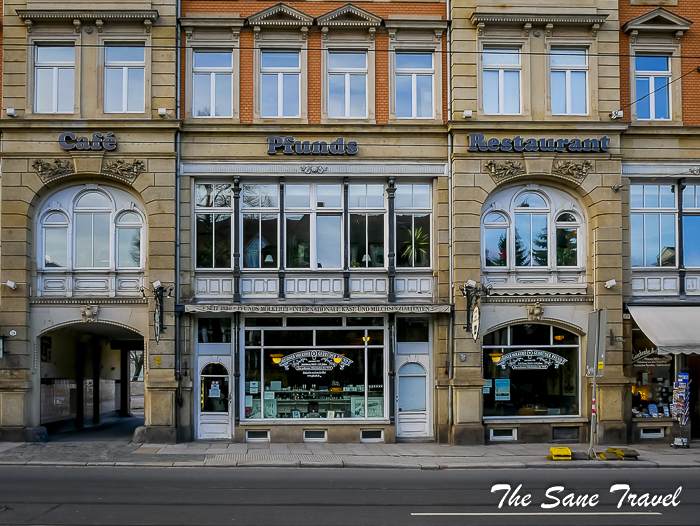
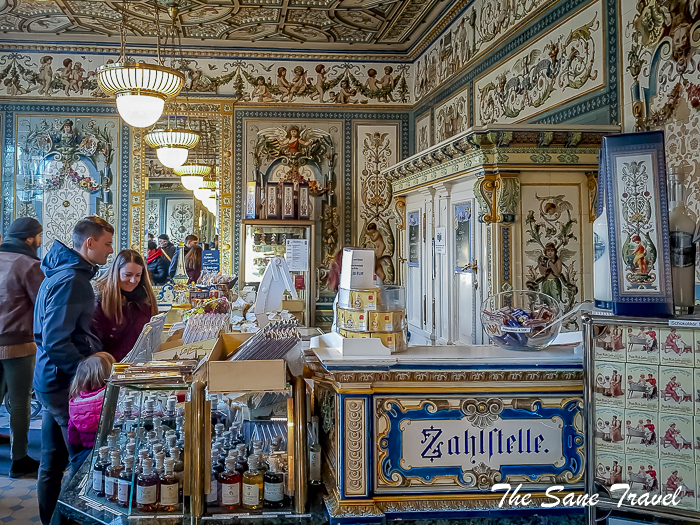
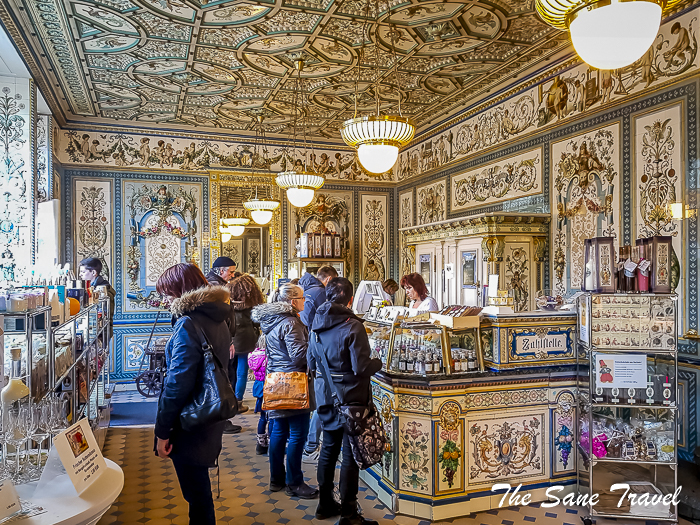
19.00 Dine at Caroussel restaurant
Take a tram back to Dresden-Neustadt train station. You will find the Caroussel restaurant in five minutes’ walking distance from there. The Caroussel in the Relais & Châteaux Hotel Bülow Palais has enjoyed top ranking among the country’s top restaurants for years. Caroussel offers a friendly, elegant interior with something of a winter garden feel. Michelin star-chef Benjamin Biedlingmaier and his team offer a contemporary, fresh and seasonal cuisine with Mediterranean influence. Their wine selection has about 500 items, focusing on Saxony and Germany wines. The Caroussel is one of the first restaurants worldwide offering complete service with the Meissen Porcelain. All plates, bowls, and cups belong to the ‘Wellenspiel’ collection of the famous Meissen factory. The seating capacity is just for 35 guests so better book your table in advance. 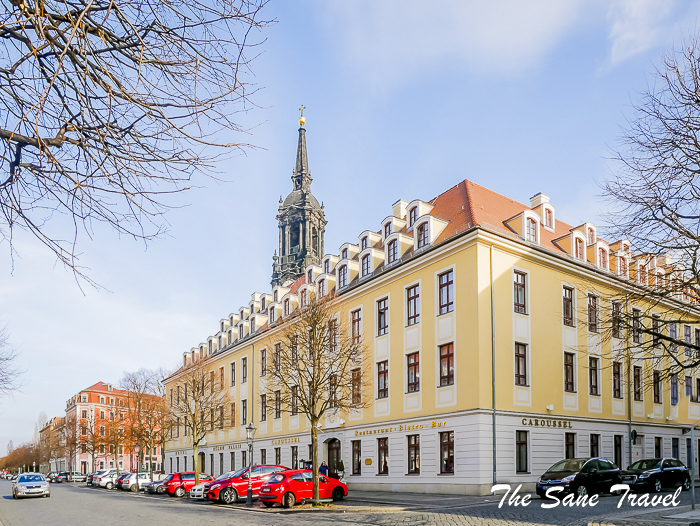
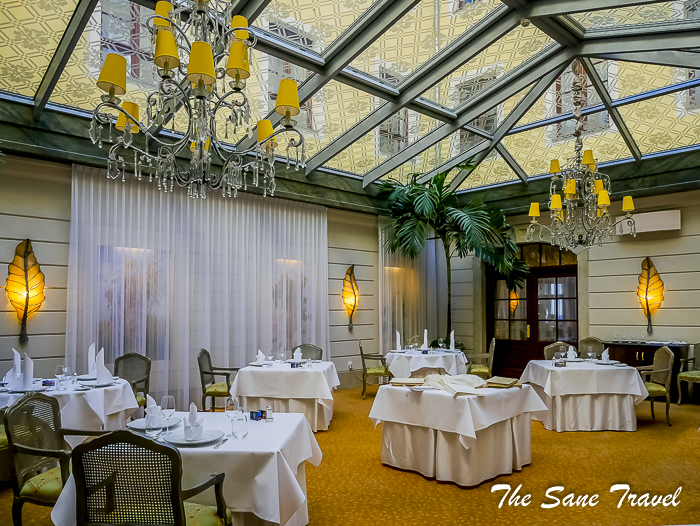
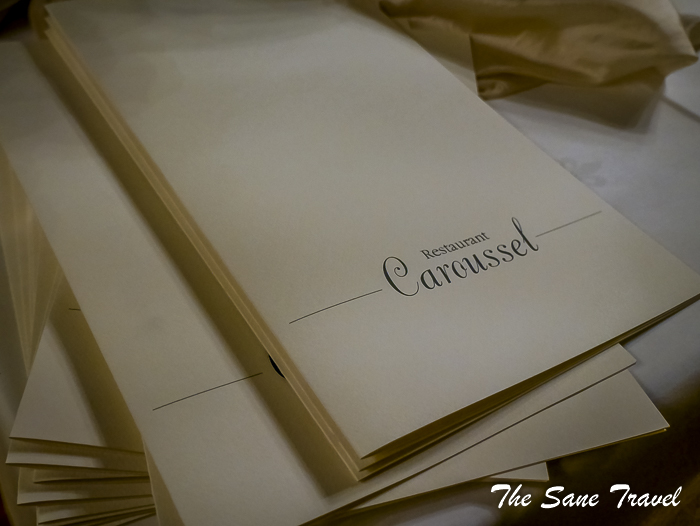
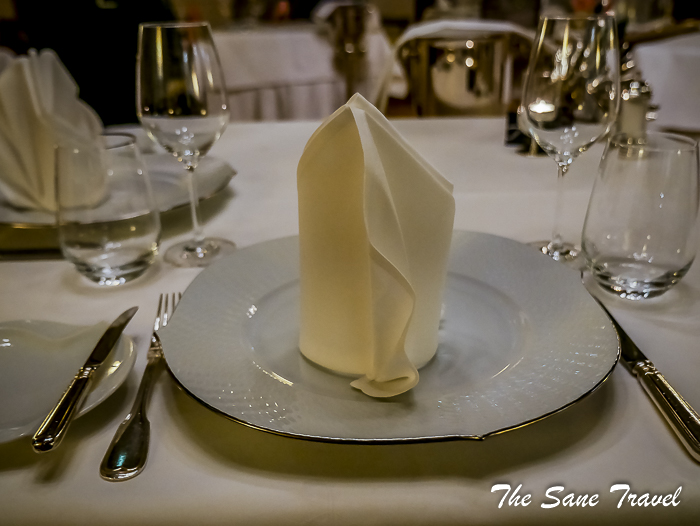
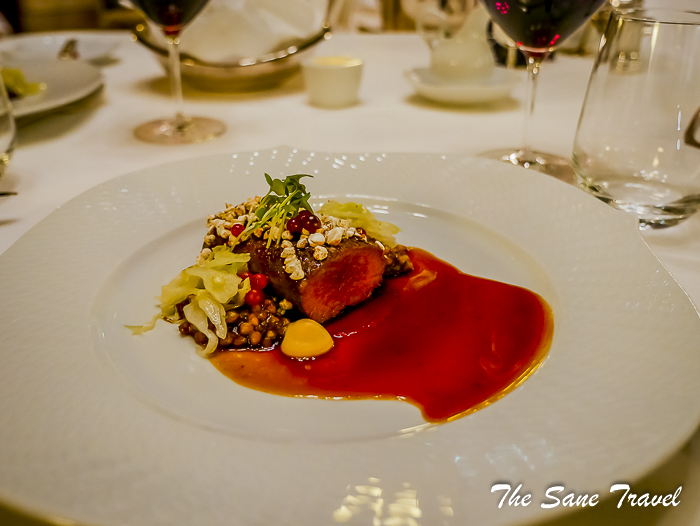
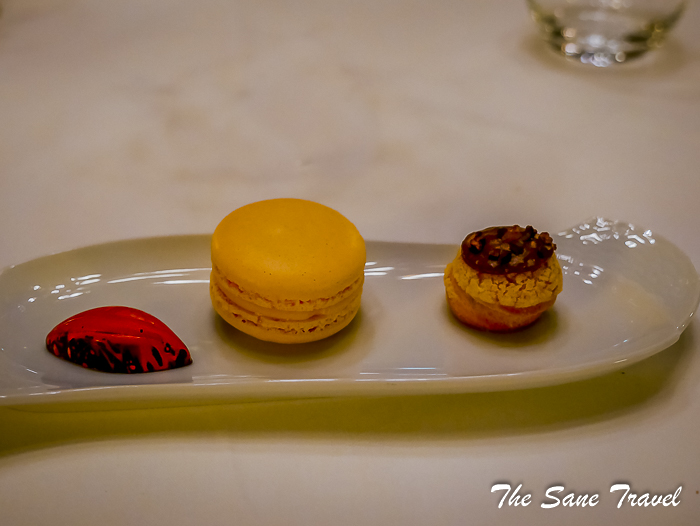
21.00 Stay overnight at Bülow Palais hotel
As you are already at Bülow Palais hotel, take an opportunity to stay overnight at this awesome place with an extraordinary interior design. Read my review of the stay clicking this link!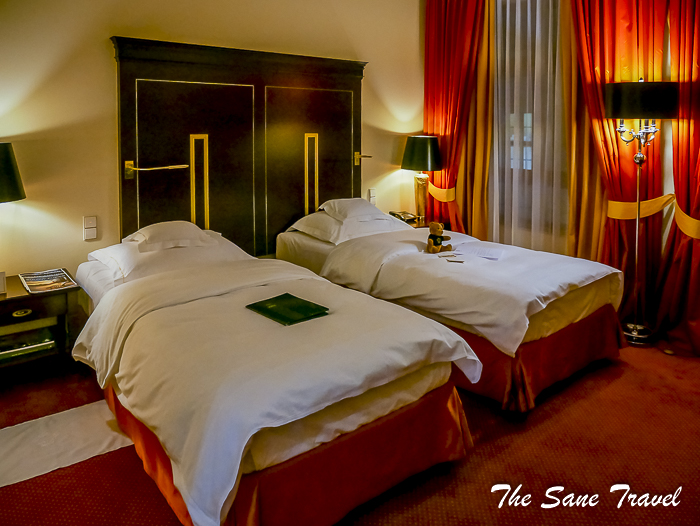 Want to explore more? Go visit Bastei and Bastei bridge near Dresden! Have you been to Dresden? Share your impressions in the comments section!
Want to explore more? Go visit Bastei and Bastei bridge near Dresden! Have you been to Dresden? Share your impressions in the comments section!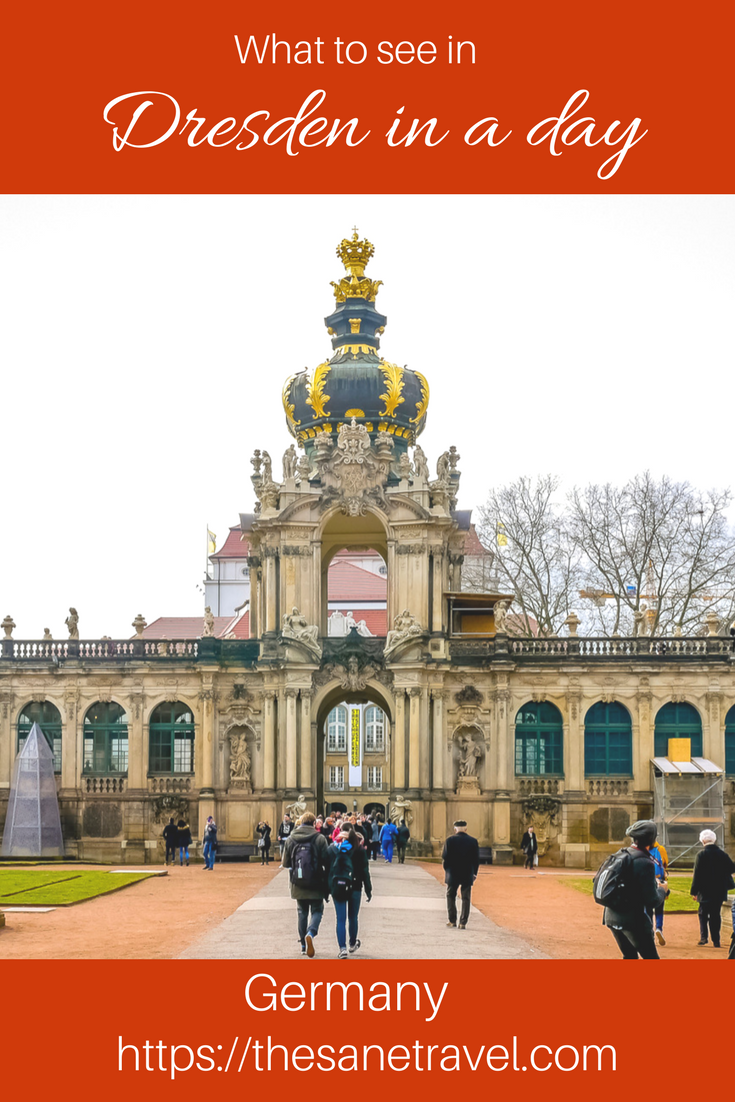
Author: Anita Sāne

About the author
Anita is a part-time traveller, passionate photographer and a retired career woman from Latvia, travelling mostly solo for more than 15 years. She is a skilled travel planner who plans and executes her travels by herself. Anita wants to show you how to travel the world and open your mind to new experiences. Follow her on Facebook, Instagram, Pinterest, Twitter and Bloglovin.
{module Sign for my blog news! (2)}

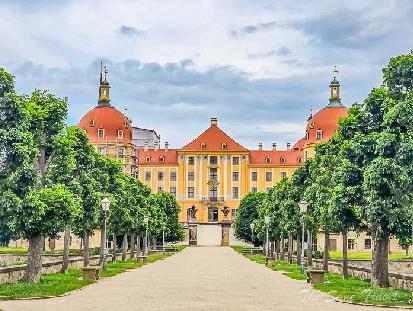
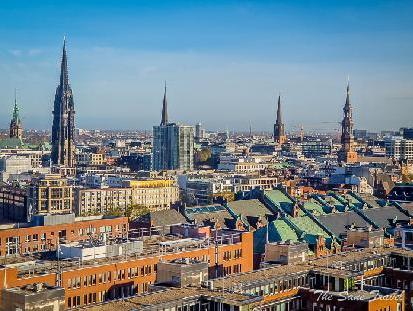
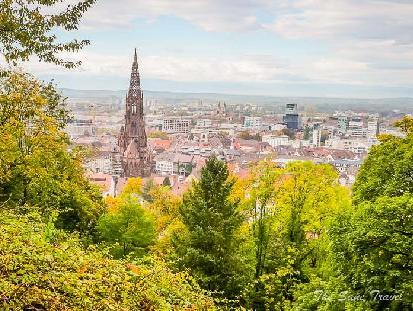
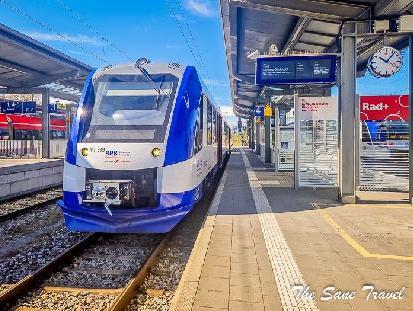
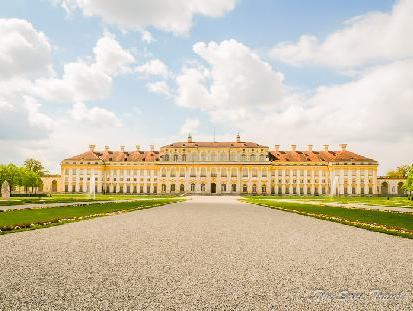
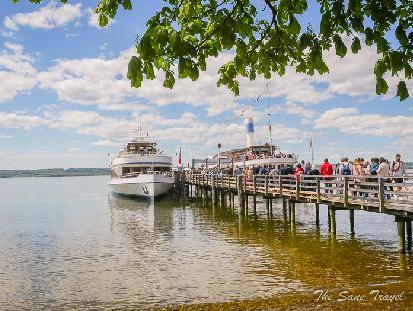
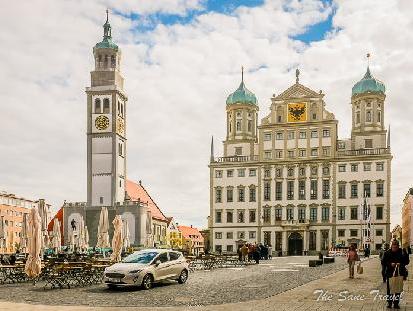
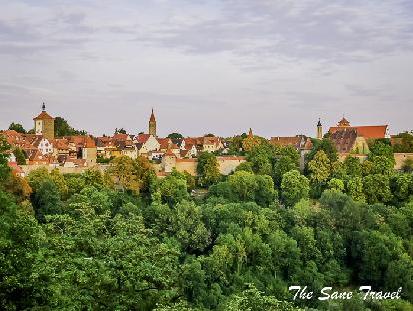
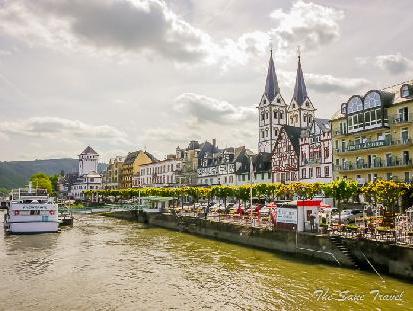
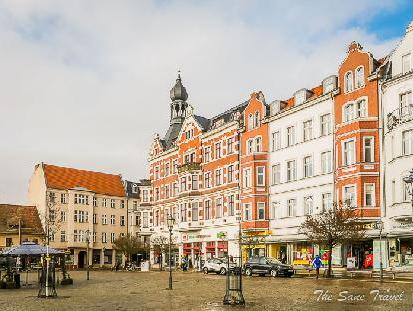
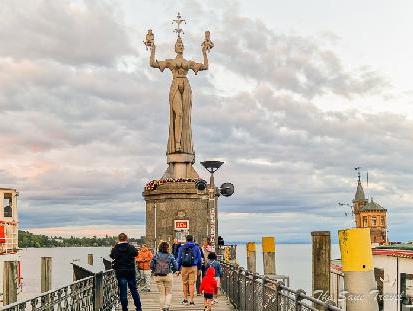
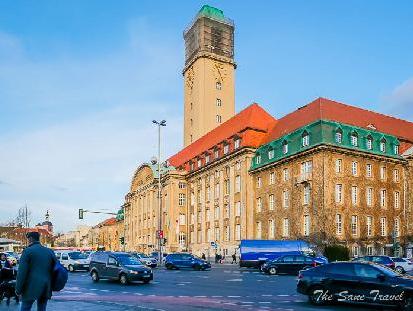

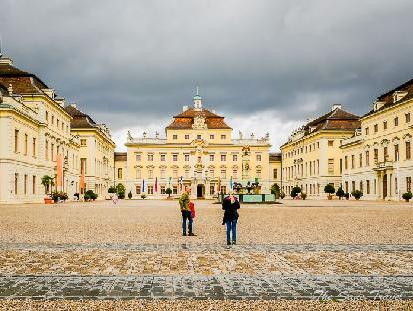
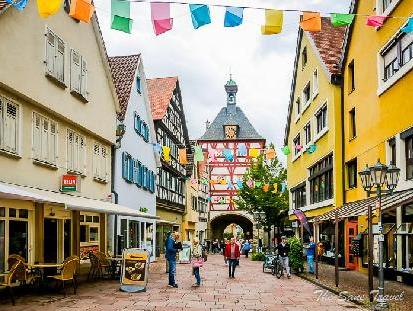
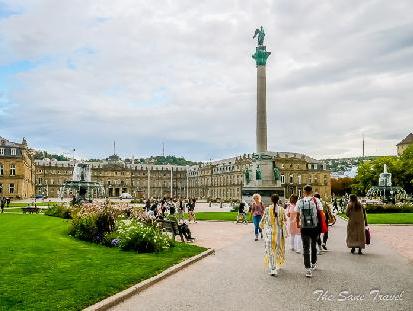

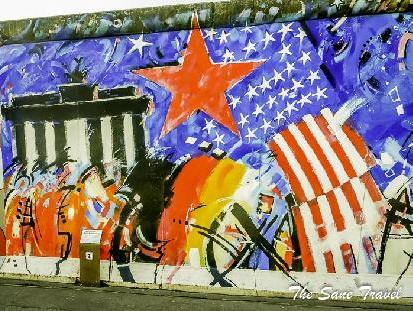
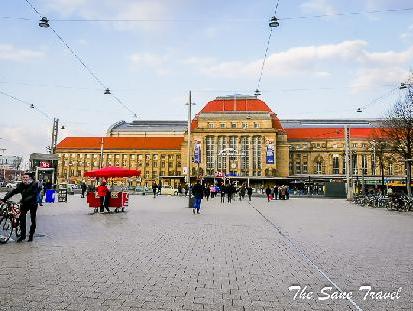
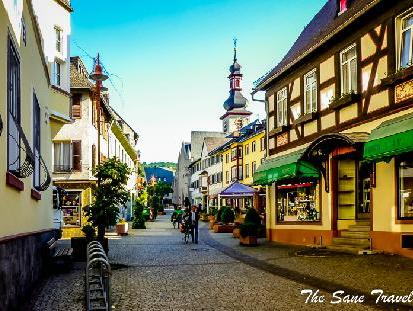
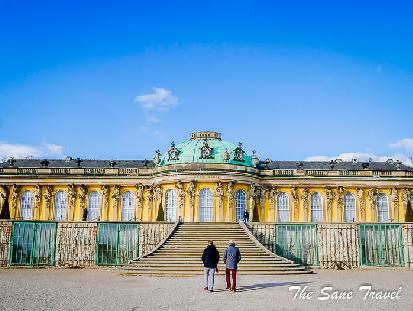
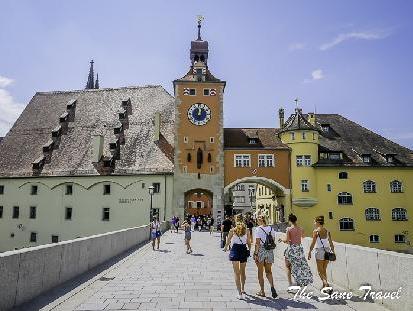
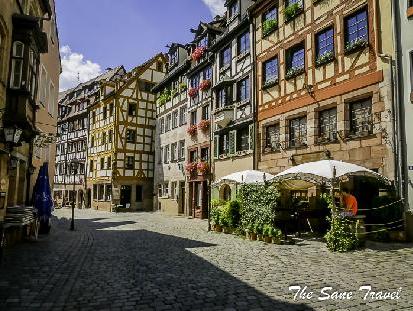
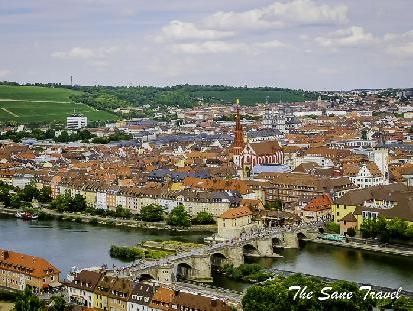
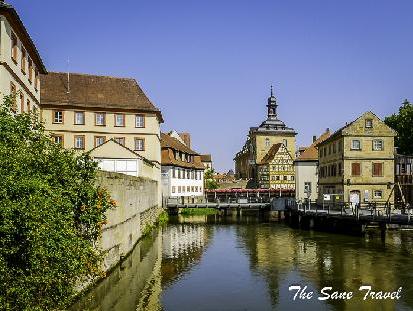
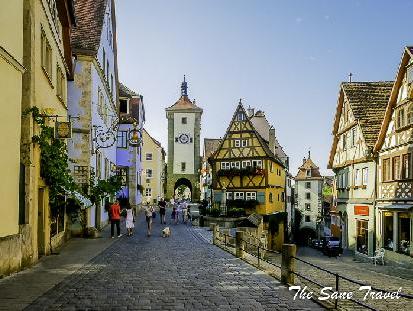
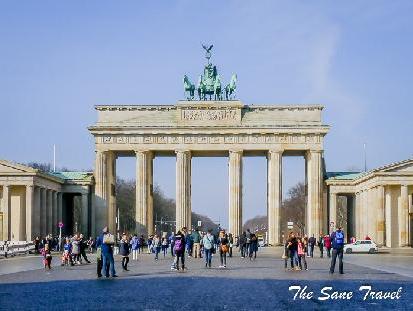

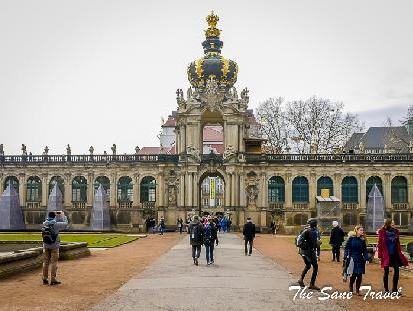
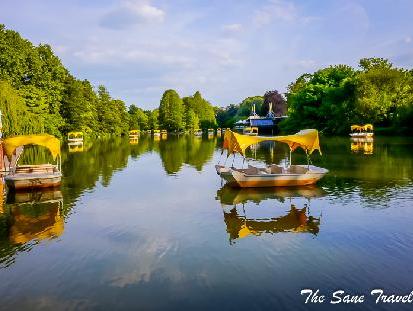
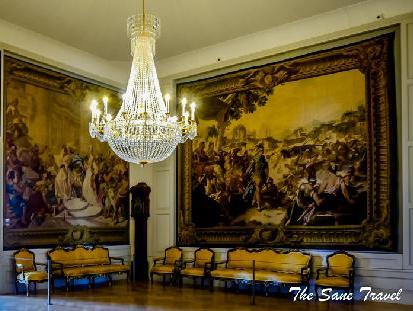
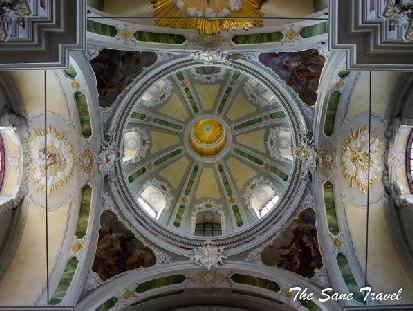
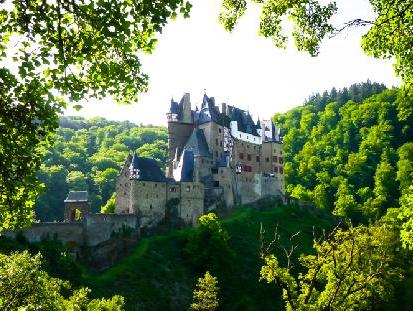
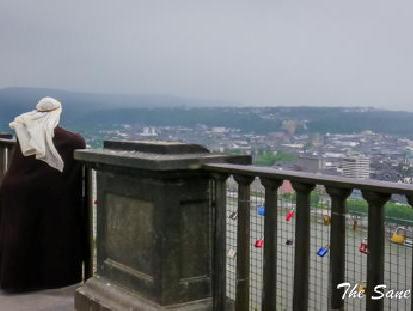
I hope you'll be able to guide me through the places of cultural and historic importance in germany for a 10 day tour. Iam from Kerala, India
Report
My comments